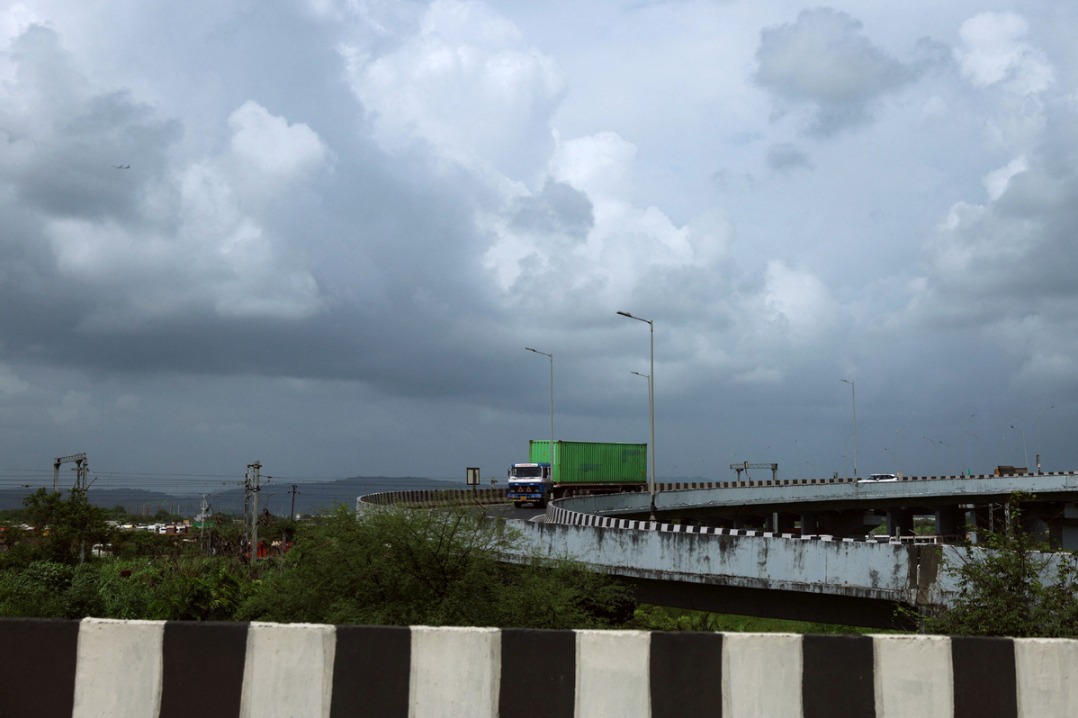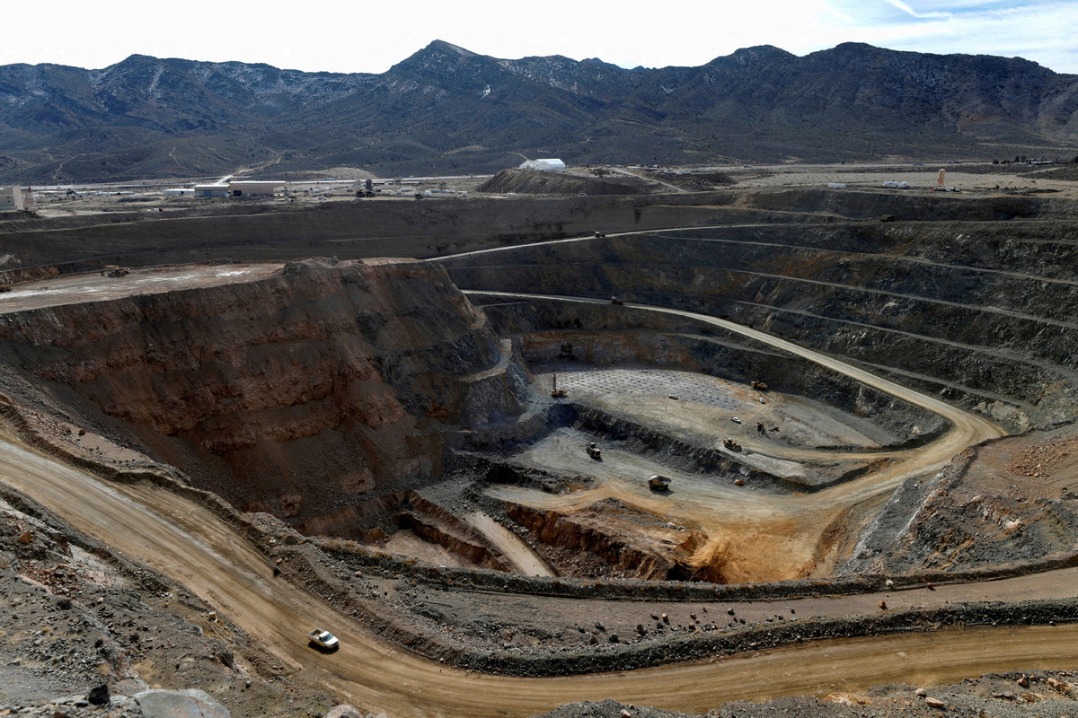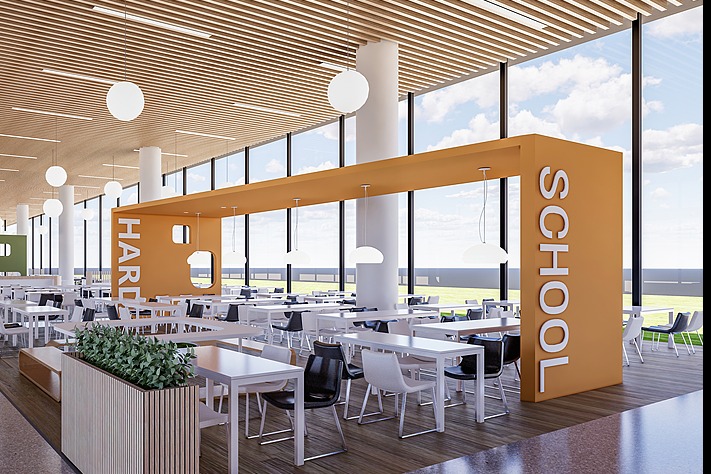CIIE promotes global economic development, peace


Amid economically destabilizing conflicts between Palestine and Israel, and Russia and Ukraine, as well as other uncertainties like the retrogressive protectionist policies of some countries, the world's biggest import fair — the sixth China International Import Expo in Shanghai — is timely, refreshing and welcome news for global economic recovery and peace.
The CIIE, which runs through Friday, and the parallel Hongqiao International Economic Forum promote global economic development, stability and harmony via increased trade, with China, the world's second-largest economy, welcoming imports from all countries.
Apart from signifying China's unmistakable commitment to high-level opening-up, reforms, globalization and the goal of common prosperity, the CIIE promotes peace by facilitating more international interactions, economic interdependence and goodwill among nations.
I agree with the "liberal peace "view — articulated by German philosopher Immanuel Kant, Nobel Peace Prize-winning British author Norman Angell and Austrian political economist Joseph Schumpeter — which underscored that promoting mutual economic interdependence and robust trade can enhance peace among nations. Indeed, let us vigorously promote more trade and fewer decouplings in order to champion global peace and development.
The CIIE exemplifies the ideals of progressive, win-win free trade and forward-looking globalization, which open up opportunities for increased international exchanges, dialogues, genuine healthy competition and cooperation. In stark contrast, the effects of protectionism and trade wars include internecine conflicts between nations, distrust across continents, socioeconomic stagnation, enmity and disorder.
Despite some territorial disagreements between the Philippines and its neighbor China, the mutually beneficial bilateral trade, uninterrupted for more than 1,000 years, has again this year brought the Philippines back to the CIIE at the gigantic National Exhibition and Convention Center in Shanghai. The traditional amity and common geoeconomic interests of both trade partners will help the two countries overcome any differences and misunderstandings.
Private Filipino companies and national government agencies like the Department of Trade and Industry and the Center for International Trade Expositions and Missions showcase Philippine-made food products and Filipino food culture under the theme "FOODPhilippines: Share the Love for Filipino Flavors" in the Philippines pavilion.
For all participating countries and regions, the CIIE is a golden opportunity and unparalleled platform to market countries or territories, their diverse exports and even tourism attractions to the vast Chinese market. It is also a chance to learn what the rest of the world is exporting.
Apart from the increasingly affluent Chinese consumers, guests from 154 countries, regions and international organizations are expected to engage with the more than 3,400 exhibitors at the CIIE. Around 410,000 visitors have registered.
One example of the numerous products at the CIIE is Southeast Asia's "king of fruits" — the durian — which the Philippines pavilion showcases. The first shipment of the Philippines' fresh durian exports to China totaled 72 metric tons and was valued at $150 million, but China's consumers still want to buy more.
From January to June, China imported 787,000 tons of durian worth $3.83 billion, mostly sourced from Thailand and Vietnam. HSBC bank reported that global demand for durian has soared 400 percent. This was mainly due to the popularity of the fruit in China, which was the world's biggest importer and consumer of durian in 2022, accounting for 82 percent of total global consumption.
Durian is just one of the golden opportunities in the CIIE for member economies of the Association of Southeast Asian Nations, including the Philippines.
Another significance of this year's CIIE is that it will resume offline country exhibitions (the first complete return to in-person exhibitions since the COVID-19 pandemic), and 3,000 companies from around the world are taking part. Expectations are high that this year's CIIE will be a catalyst to boost Asia's post-pandemic economic recovery as well as further strengthen China's opening-up, high-tech and green economic development, and modernization.
Significantly, for the first time since the CIIE began in 2018, the United States' presence is led by the US Department of Agriculture and the American Chamber of Commerce in Shanghai, which are co-hosting the American Food and Agriculture pavilion. This has been described in Chinese media as providing the "latest sign of stabilizing ties" and showing that "agriculture trade is a ballast". It is another example of how trade can positively overcome political or geopolitical differences.
Indeed, the much-awaited CIIE reaffirms the bright prospects for global trade, economic development, peace and common prosperity.
The author is moderator of the Pandesal Forum and a columnist for The Philippine Star newspaper.
































